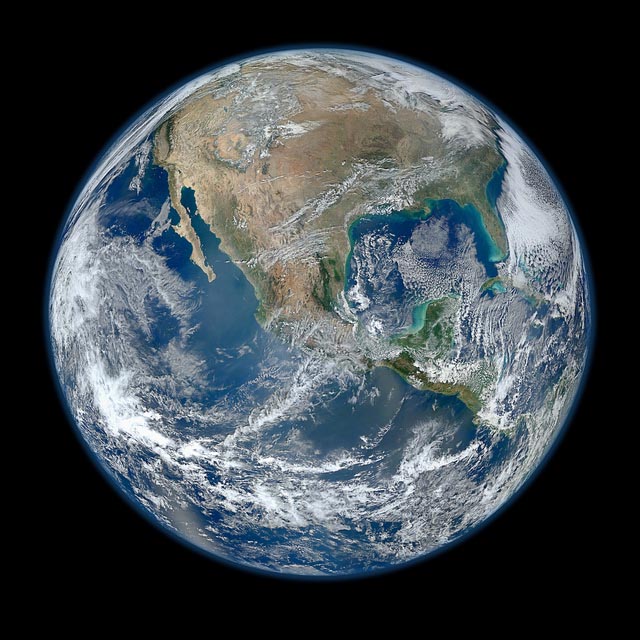-
Tips for becoming a good boxer - November 6, 2020
-
7 expert tips for making your hens night a memorable one - November 6, 2020
-
5 reasons to host your Christmas party on a cruise boat - November 6, 2020
-
What to do when you’re charged with a crime - November 6, 2020
-
Should you get one or multiple dogs? Here’s all you need to know - November 3, 2020
-
A Guide: How to Build Your Very Own Magic Mirror - February 14, 2019
-
Our Top Inspirational Baseball Stars - November 24, 2018
-
Five Tech Tools That Will Help You Turn Your Blog into a Business - November 24, 2018
-
How to Indulge on Vacation without Expanding Your Waist - November 9, 2018
-
5 Strategies for Businesses to Appeal to Today’s Increasingly Mobile-Crazed Customers - November 9, 2018
Subsurface Warming Could Cause Methane Gas to Bubble Off Washington Coast
Moreover, findings revealed bubble plumes that rose at least 150 meters (490 feet) tall clearly originate from the seafloor. Solid methane is referred to as methane hydrate, a compound that is very sensitive to increasing subsurface temperatures. When seawater is too warm hydrate molecules part ways and methane gas is released into the seafloor. A few of that gas escapes from the sediment pores as a gas.
Advertisement
“We see an unusually high number of bubble plumes at the depth where methane hydrate would decompose if seawater had warmed”, said H. Paul Johnson, lead author of the new study, in a news release.
That’s about the same amount of methane from the 2010 Deepwater Horizon blowout.
The most infamous and abundant greenhouse gas is carbon dioxide.
Methane doesn’t persist in the atmosphere as long as CO2, and is emitted in a much smaller volume.
The latest published paper in the journal Geochemistry, Geophysics, Geosystems stated tht close to 170 methane bubble plumes were monitored over the past decade, which regarded the figure as critical to the stability of frozen methane pockets.
Evidence present in ice cores suggests that methane previously caused large and sudden swings in Earth’s climate.
It is unknown what role it might play in global warming today, but earlier research has found warming-related methane emissions in Arctic permafrost and off the Atlantic coast.
The study looked at 168 different methane plumes off the Oregon and Washington coast. Once in the Earth’s atmosphere, methane acts as a powerful greenhouse gas.
Researchers said that marine microbes convert the methane into carbon dioxide, producing lower-oxygen, more-acidic conditions in the deeper offshore water.
Methane gas is slowly released at nearly all depths along the Washington and Oregon coastal margin.
Johnson stressed on the point that environmental change in Washington and Oregon has already affected local biology and fisheries, and these changes will be increase by the further release of methane. Moreover, if methane continues to be released from frozen deposits, seafloor slopes may become destabilized since there is no frozen methane to keep them glued to one another.
But past studies had also shown that transition depths are warming off the Pacific Northwest coast.
Methane, frozen for thousands of years, is being released by warming water temperatures, says a new study..
It’s important to point out that the researchers have yet to confirm that the plumes are actually comprised of melting methane deposits. They found that there were a disproportionate number of bubbles reported in ocean depth.
Advertisement
Furthermore, Johnson notes, “What we’re seeing is possible confirmation of what we predicted from the water temperatures: Methane hydrate appears to be decomposing and releasing a lot of gas”. An inordinate number of these plumes were observed at a critical depth where frozen methane “ice”, or hydrate, decomposes on account of warmer ocean temperatures.





























